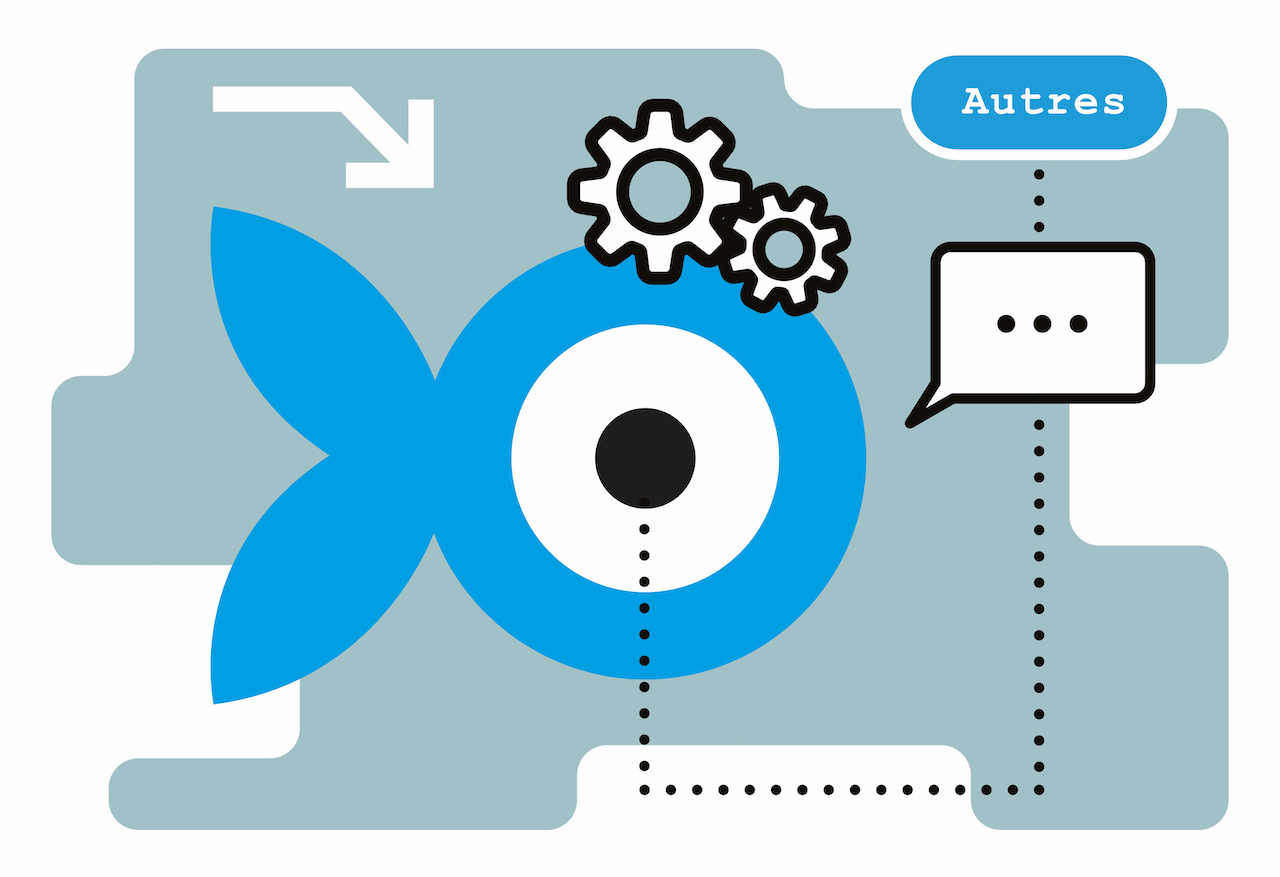Fiche du document
Auteurs
Date
2023
Type de document
Périmètre
Langue
Identifiant
Source
Relations
Ce document est lié à :
https://poblam-vestigia-iuvenci.unistra.fr
Collection
Organisation
Licence
https://spdx.org/licenses/CC-BY-NC-SA-4.0.html#licenseText
Mots-clés
Vestigia Iuvenci Juvencus Poésie biblique Littérature latine Sedulius Arator Paulin de Nole Prudence Intertextualité réception de l'oeuvre ProbaCiter ce document
Philipp BUCKL et al., « Site HTML du projet Vestigia Iuvenci », Huma-Num - Données modérées, ID : 10.34847/nkl.11ef044v
